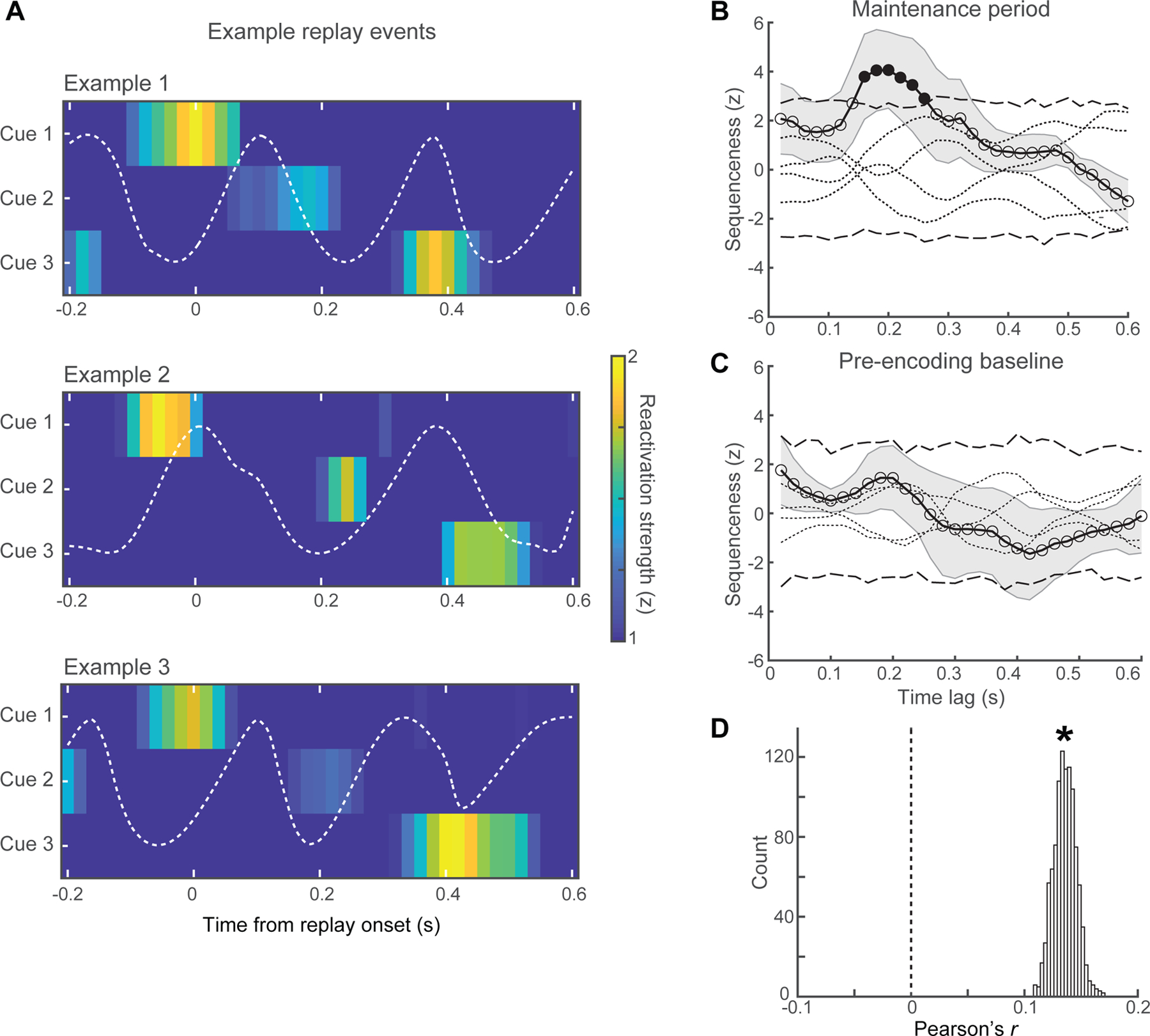Figure 6. Theta-timescale replay of odor sequences during maintenance.

(A) Memory replay examples (from different subjects) in PCx during working memory maintenance. Sequential reactivation of the three cue odors consistently emerged earliest for cue 1, followed by cue 2, and terminating with cue 3, whereby each reactivation took place in separate theta cycles. Theta-filtered signals overlaid in white.
(B, C) Statistical evidence for replay. (B) During maintenance, there was evidence for forward sequenceness at an inter-reactivation time lag of 160–260 ms (solid black circles; corrected across time lags, p < 0.05). (C) There was no evidence of sequenceness in the pre-encoding baseline period. Sequenceness is shown for the four permuted (non-sequential) length-3 sequences (dotted lines; see Methods); dashed lines indicate 99.83% CI of surrogate distribution constructed from these permuted sequences; shading indicates s.e.m. across subjects.
(D) Pooling all maintenance trials across subjects, replay events were more common prior to a correct (vs. incorrect) response on the identity match and sequence position judgments (see Results). The robustness of this finding was demonstrated with a bootstrapping approach, in which the prevalence of replay events was correlated with the percentage of correct trials. Across 1,000 repetitions of this bootstrapping procedure, the distribution of Pearson’s r showed a stable positive correlation (*95% CI of r [0.12, 0.15]).
